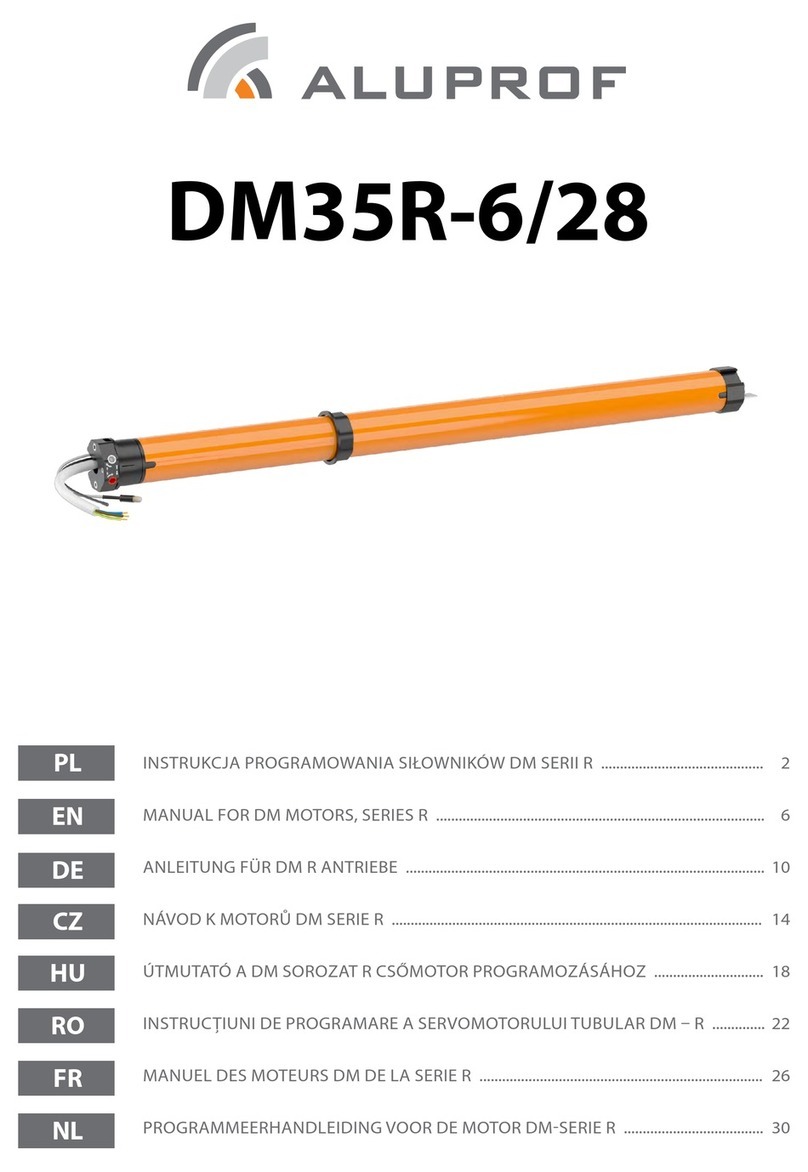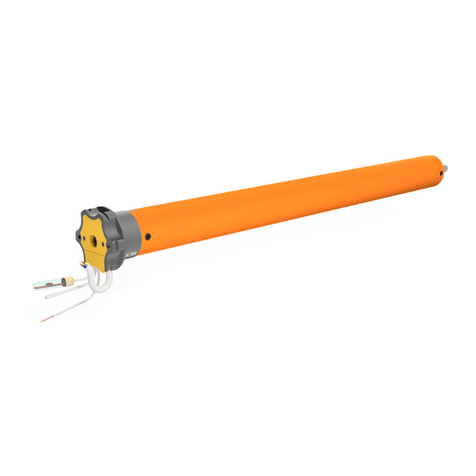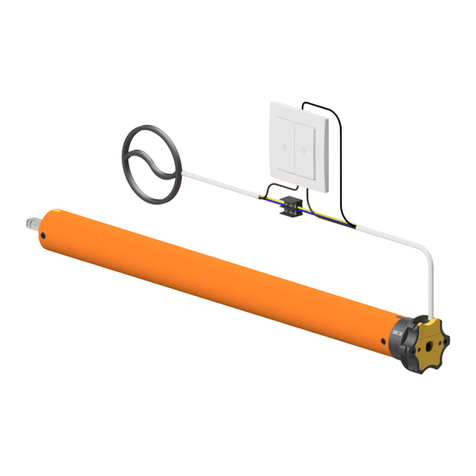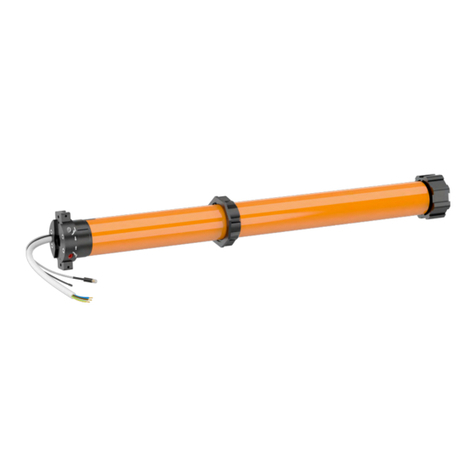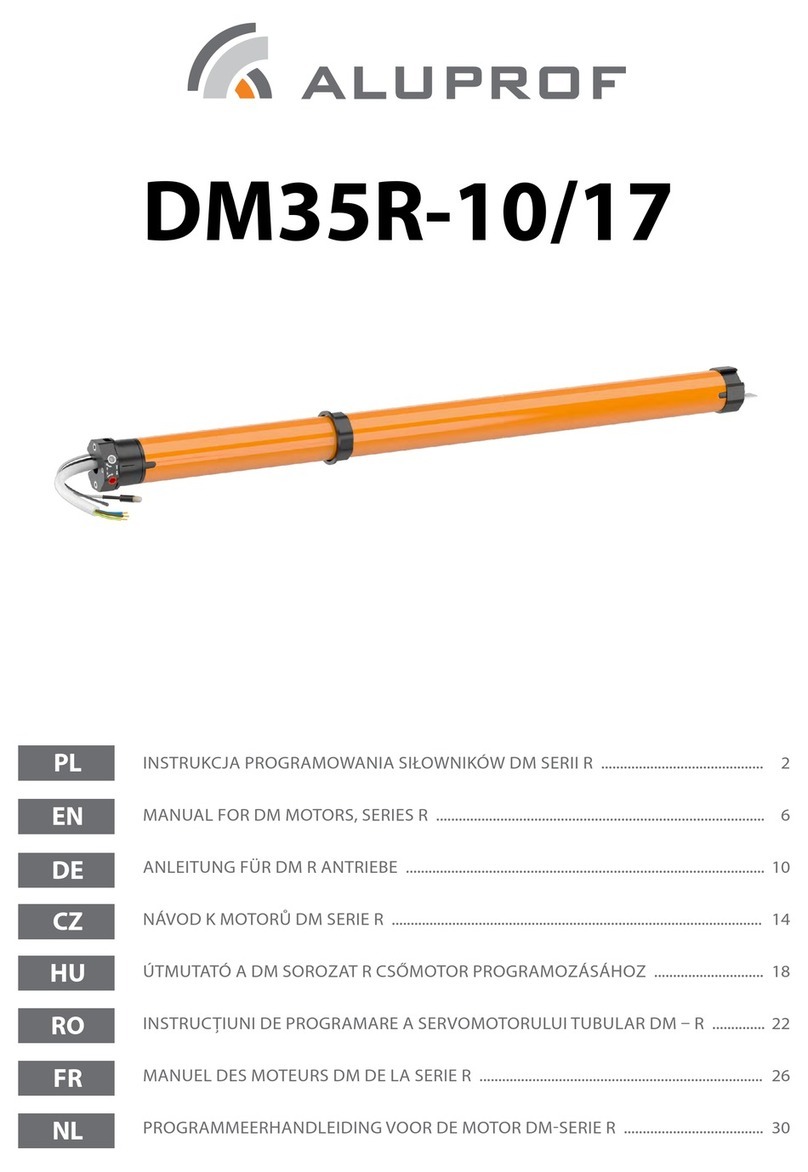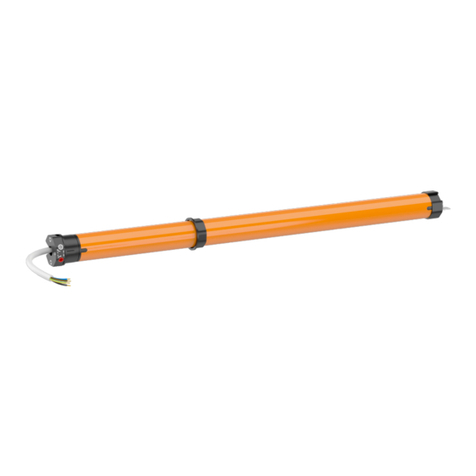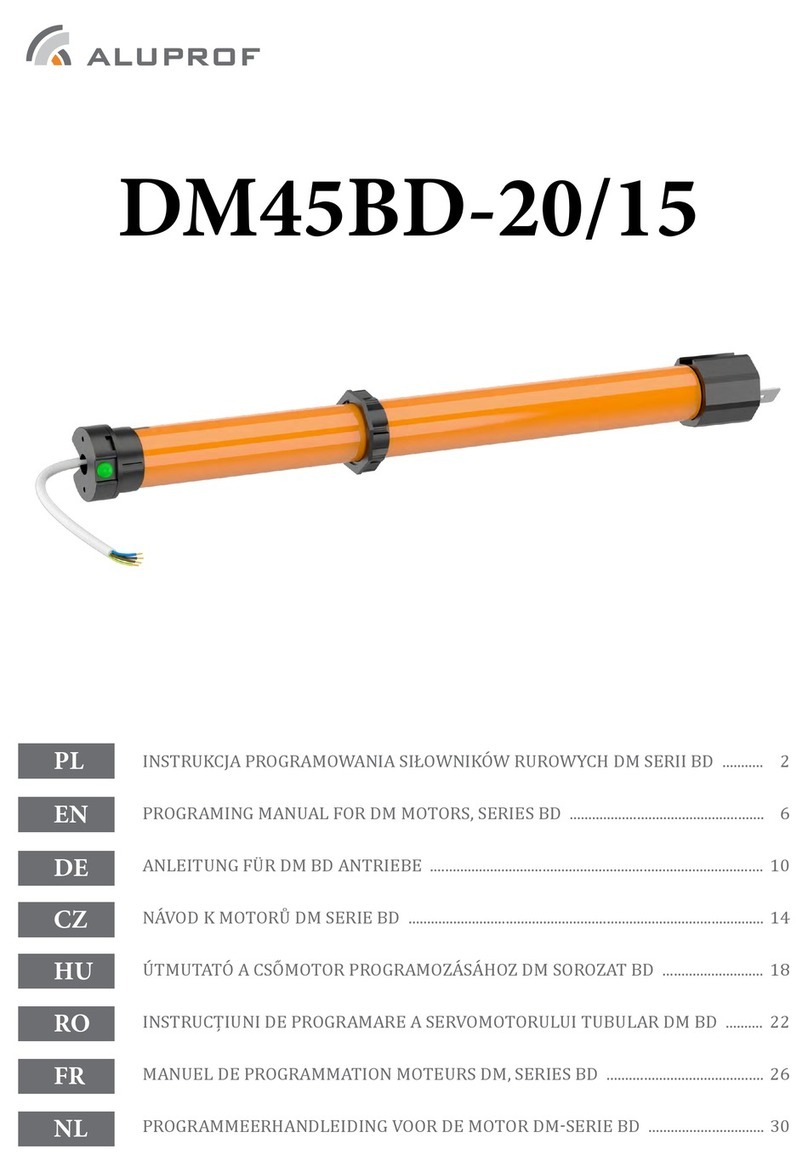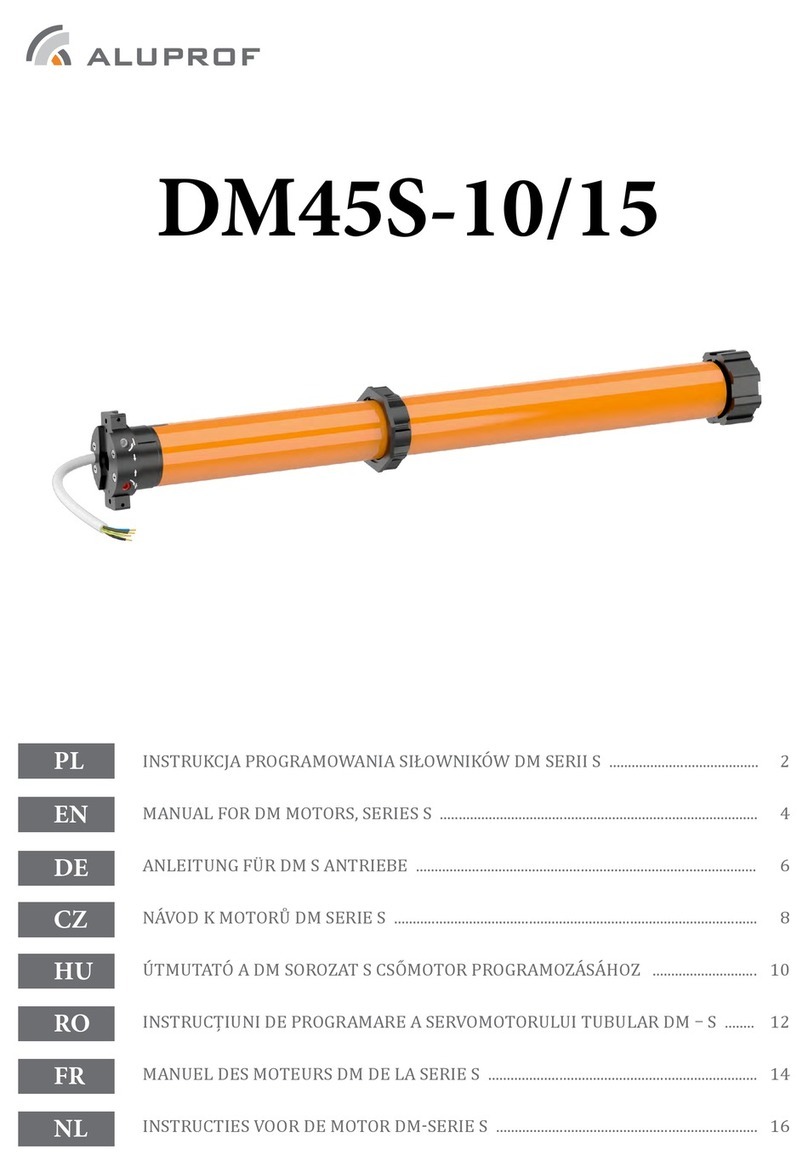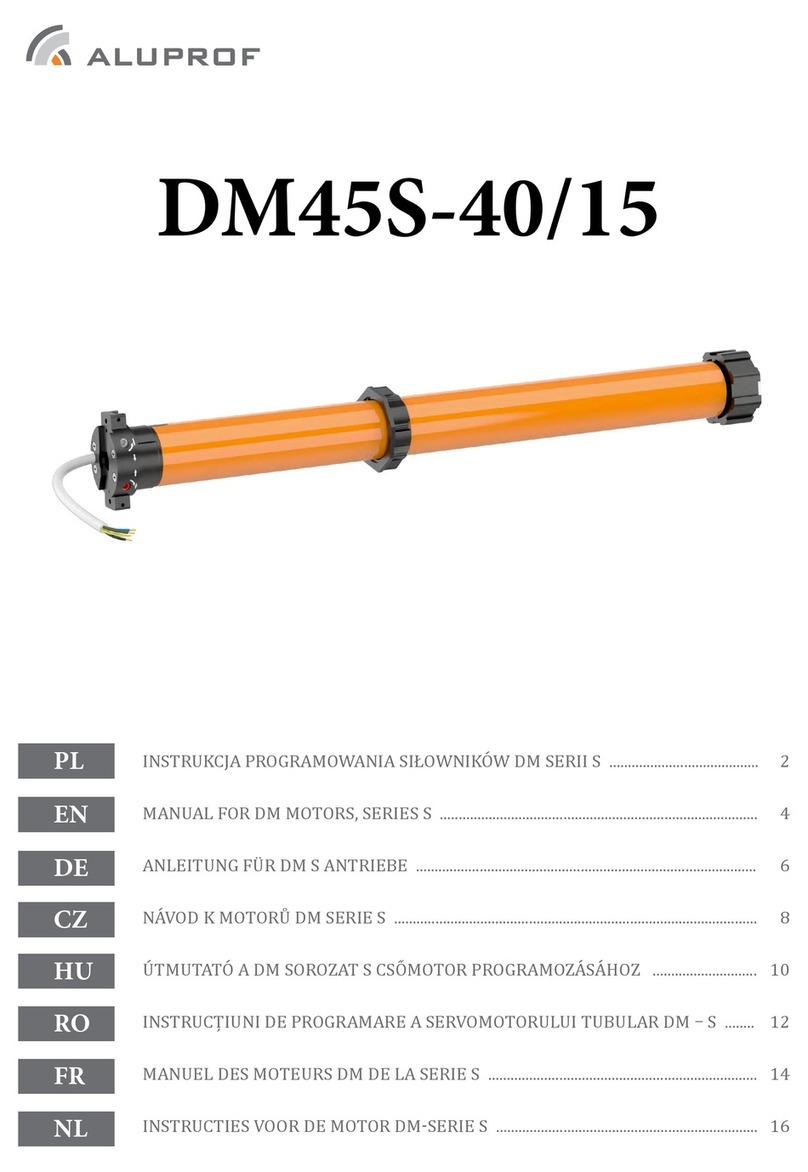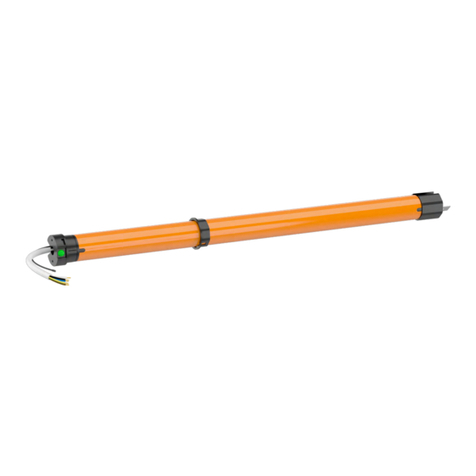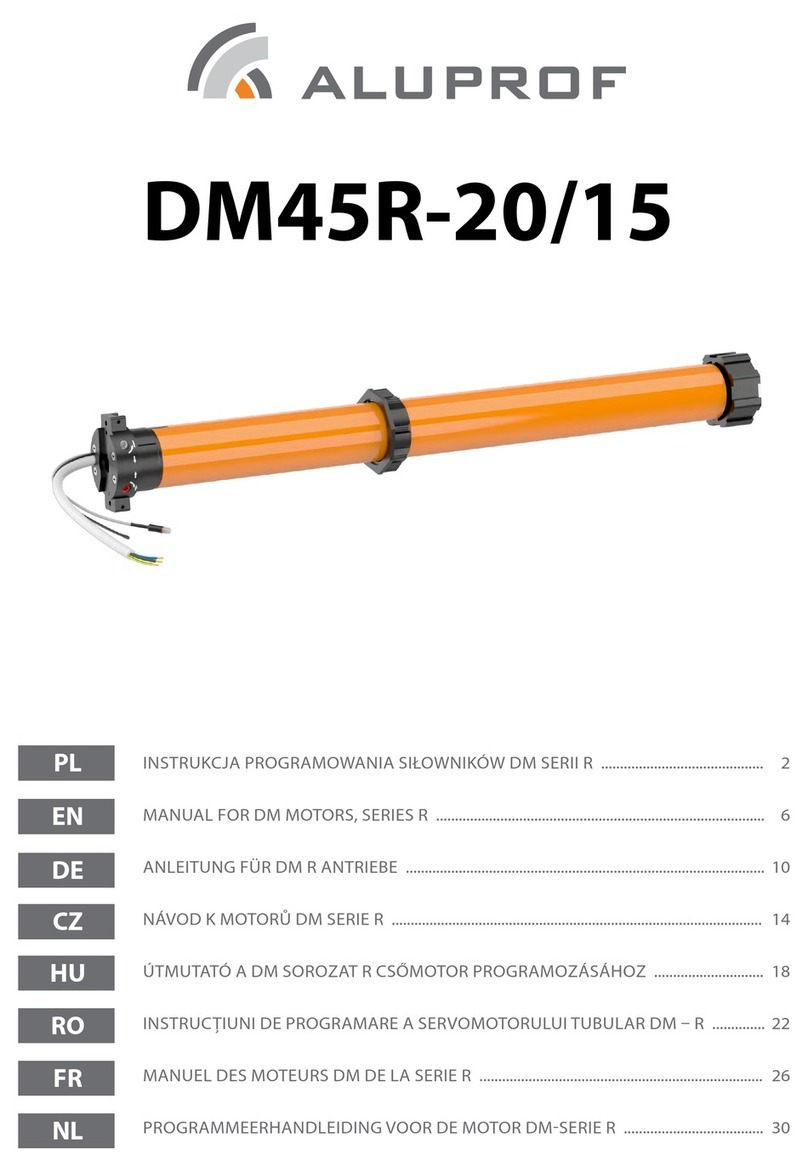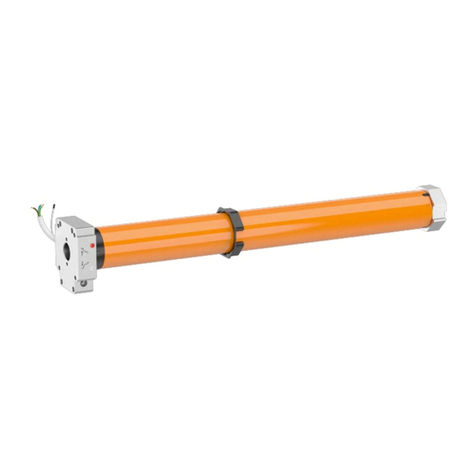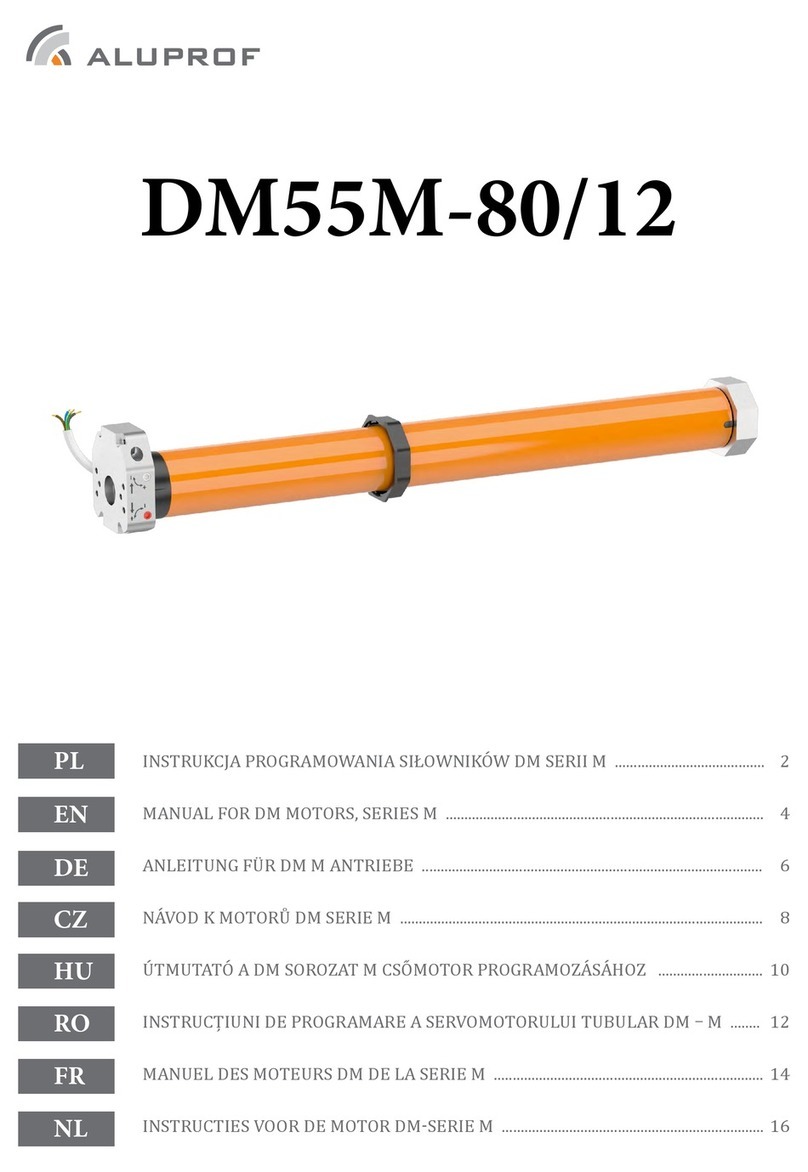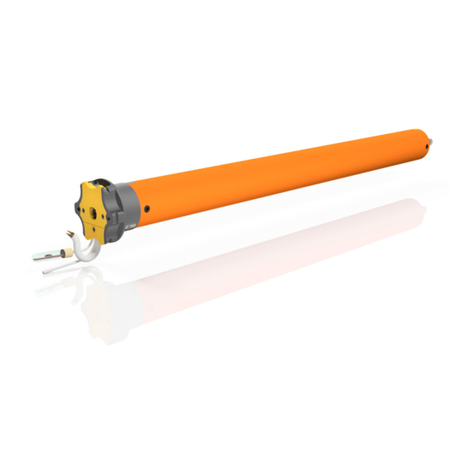
1
ACHTUNG
- Die Montage der Motor sollte durch befügtes Personal
erfolgen.
- Der Motor ist für trockene Räume bestimmt und sollte
nicht den direkten Witterungsverhältnissen ausgesetzt
werden.
- Der Motor sollte über eine getrennte Leitung versorgt
und durch eine schnellwirkende Sicherung abgesichert
werden, z.B.: den Leitungsschutzschalter Typ B10.
Elektrischer Anschluss des Motors
Gemäß der Richtlinie 2012/19/EU des Europäischen Parlaments und des Rates vom 4. Juli 2012 über Elektro- und Elektronik-
Altgeräte (WEEE) ist es verboten, Elektro- und Elektronik-Altgeräte, gekennzeichnet durch das Symbol der durchgestrichenen
Mülltonne,mit anderen Abfällen zu verwerten. Der Nutzer ist verpflichtet, die Elektro- und Elektronik-Altgeräte an gekennzeichneten
Sammelstellen zur entsprechenden Verwertung abzugeben. Die Kennzeichnung deutet auch darauf hin, dass das Gerät nach dem 13.
August 2005 auf den Markt eingeführt wurde. Die oben genannten Verpflichtungen wurden eingeführt, um Abfälle von Elektro- und
Elektronikgeräten zu vermeiden und Wiederverwendung, Recycling und andere Formen der Verwertung zu sichern. Diese Geräte
bestehen aus Materialien, deren gefährliche Inhaltsstoffe zu besonderen Umwelt- und Gesundheitsrisiken führen können.
Firma in Opole
ul. Gosławicka 3, 45-446 Opole, Polska
tel. +48 77 40 00 000, fax. +48 77 40 00 006
- Energieversorgung: 230 VAC / 50 Hz
- Mechanischer Endschaltersystem
- Einstellung durch den Sender
- Frequenzübertragung: 433.92MHz
- Übertragungsstärke: 10 Milliwatt (mW)
- Nutzungstemperatur: ~ -10OC ~ +50OC (Schutzgrad IP44)
- Übertragungsdistanz: 200 Meter (offenes Gelände)
35 Meter (bebautes Gelände)
- Bis zu 20 Sendern speichern. In fall wenn es Einführung den 21 Sender stattfindet,
der erste Sender wird aus dem Speicher entfernt.
Zu Motor passen alle Sender der Serie DC, die im Angebot der Firma ALUPROF S.A.
Der Hersteller behält sich die Toleranz der Katalogangaben aufgrund
der Nutzung in unterschiedlichen Umständen vor.
Zentrale; Werk in Bielsku –Białej
ul. Warszawska 153, 43-300 Bielsko Biała, Polska
tel. +48 33 81 95 300, fax. +48 33 82 28 512
ANLEITUNG FÜR DM R UND RM ANTRIEBE
